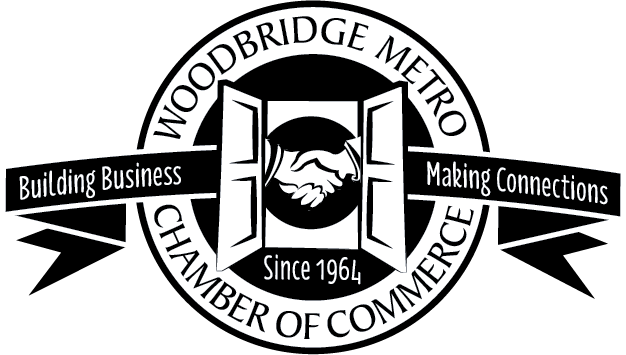How AI Image Tools Are Saving Time, Money, and Marketing Campaigns
How AI Image Tools Are Saving Time, Money, and Marketing Campaigns
The way your brand shows up visually isn’t just cosmetic — it’s currency. Good visuals grab. Great ones hold. And in a world where scrolls happen in seconds and impressions vanish in half that, image quality can determine whether your next customer even sees you. But let’s be honest: producing consistently sharp, on-brand visuals has always been resource-heavy. Design takes time, money, and a whole lot of guesswork. That’s where AI-powered image tools have quietly — and now loudly — changed the game.
Why AI-generated visuals matter
Think of a full campaign. Pre-launch. Design backlog. Your team’s buried in requests for event flyers, landing page headers, product teasers. You need assets, fast — and that’s where AI slides in. A leading European retailer recently used image generation models to overhaul its entire content production pipeline, slashing production times and costs. What once took six weeks now takes four days, and cost dropped by 90%. These aren’t just cool case studies — they’re signals. AI visuals aren’t side projects anymore. They’re the new baseline.
Instant ideation and creative flexibility
Creativity has a bottleneck. You might have a concept, a color story, a mood. But translating that into something real? That’s where you lose momentum. AI tools remove the pause. Drop in a prompt — “bold retro packaging for coffee startup,” “calm, coastal aesthetic for wellness brand” — and within seconds, you can scale visuals in multiple variations. This isn’t about replacing designers. It’s about giving your team prototypes they can respond to. Idea scaffolds. Option B, C, and D — instantly.
Tools worth trying now
If you’ve ever stared at a blank screen, trying to explain your visual concept to a designer — or worse, to yourself — there’s a tool that bridges that gap in seconds. It takes natural language prompts and turns them into full-color, stylized visuals you can tweak, refine, or regenerate until you find what sticks. For teams looking to draft mockups or campaign assets without spinning up design boards or hiring out, try this. The freedom it gives you — to explore, revise, pivot — might just unlock your next best idea.
Making design accessible for non-designers
Not every small business has a creative director. Or a designer. Or even someone who knows the difference between CMYK and RGB. But that’s the quiet promise of the new generation of AI tools: the democratization of high-quality output. It’s not about lowering standards — it’s about lowering friction. Teams strapped for resources can now empower marketers without design skills to produce social-ready visuals, branded slides, product mockups, and more. The design team, if you have one, can focus on strategy instead of reacting to every quick-turn request.
Enhancing personalization and engagement
Generic imagery doesn’t convert. People want to see themselves, their values, their style reflected in what you’re showing. AI lets you do that faster and better than ever. You can tailor campaign visuals to audiences by adjusting colors, backgrounds, even scenarios to reflect specific buyer personas. No need to reshoot an entire scene. Just iterate. The goal isn’t perfection — it’s connection. And that happens when the image speaks to the viewer’s world, not just yours.
Feeding long-term creative strategy
Quick wins are great, but what’s the downstream value? In-house teams using AI have reported measurable shifts in output and morale. One company saw campaign engagement spike 26× while unleashing creative muscle for strategy. The trick wasn’t just the tools — it was how much time they freed up. Less energy on first drafts. More on storytelling, branding, message architecture. AI didn’t replace the creatives. It unburdened them.
Knowing when AI fits (and when it doesn’t)
Not every image should be AI-made. Product shots, branded assets with legal sensitivities, or emotionally nuanced scenes might require the human touch. But even when you do use AI, the key is to check how audiences react. Do people engage more? Scroll slower? Convert faster? Watch for subtle shifts. Because AI can make a strong first impression — but it’s your job to make sure that impression lands.
This isn’t a trend piece. This is a playbook update. Businesses that adapt early to AI-powered image creation aren’t just working faster — they’re making space for better ideas. Visual identity doesn’t live in files anymore; it lives in your ability to react, respond, and resonate. If your imagery isn’t working as hard as your copy, it’s time to rethink the toolkit. Not because AI is perfect — but because, used right, it makes you better.
Join the Woodbridge Chamber of Commerce today and unlock the power of community support, networking opportunities, and business growth to elevate your brand and success in the local market!
